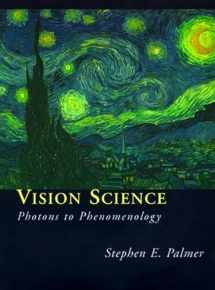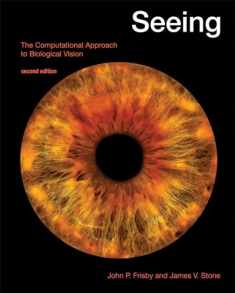
Vision Science: Photons to Phenomenology
Book details
Summary
Description
This book revolutionizes how vision can be taught to undergraduate and graduate students in cognitive science, psychology, and optometry. It is the first comprehensive textbook on vision to reflect the integrated computational approach of modern research scientists. This new interdisciplinary approach, called "vision science," integrates psychological, computational, and neuroscientific perspectives.
The book covers all major topics related to vision, from early neural processing of image structure in the retina to high-level visual attention, memory, imagery, and awareness. The presentation throughout is theoretically sophisticated yet requires minimal knowledge of mathematics. There is also an extensive glossary, as well as appendices on psychophysical methods, connectionist modeling, and color technology. The book will serve not only as a comprehensive textbook on vision, but also as a valuable reference for researchers in cognitive science, psychology, neuroscience, computer science, optometry, and philosophy.


We would LOVE it if you could help us and other readers by reviewing the book
Book review





